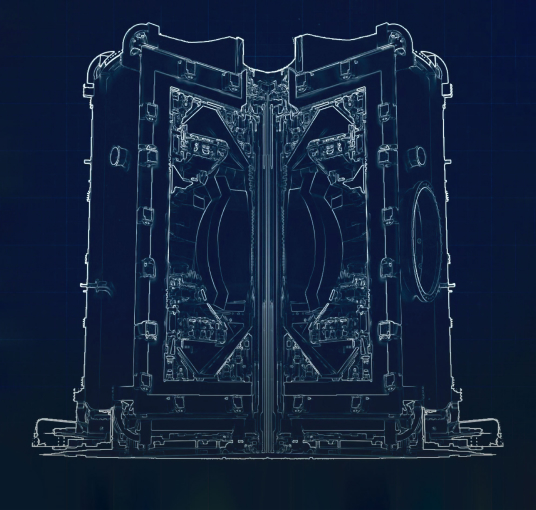Are you ready for
the step-change?
STEP is a government-funded industry partnership programme, designed to scale a consistent fusion energy supply. Sponsored by the Department for Energy and Net Zero, it’s part of the Government’s Major Projects Portfolio – and is the UK’s flagship fusion programme.


A home for the future
The energy transition can make a real difference to individuals as well as the global climate challenge and STEP aims to do that at West Burton, creating thousands of jobs during the construction phase in addition to employment opportunities for generations to come.
Super-Powered Procurement Opportunities
The STEP prototype fusion powerplant will be delivered by an integrated alliance led by UK Industrial Fusion Solutions Ltd. We’ll catalyse new ideas and technologies that will benefit multiple industries and help secure our future on this planet.
In the coming years, STEP will need a wide range of systems partners, from a variety of sectors and specialisms. Sign-up for STEP alerts.
On 22 May 2024, we officially launched the competition for two Whole Plant Partners – engineering and construction – to work alongside STEP’s fusion partner, UK Atomic Energy Authority.
